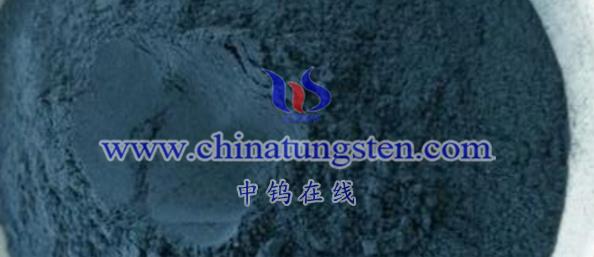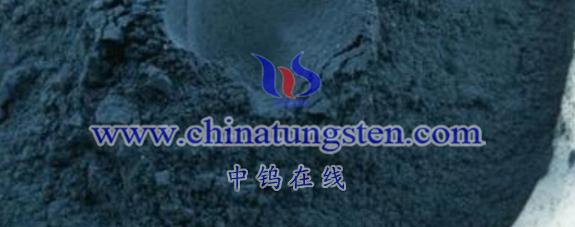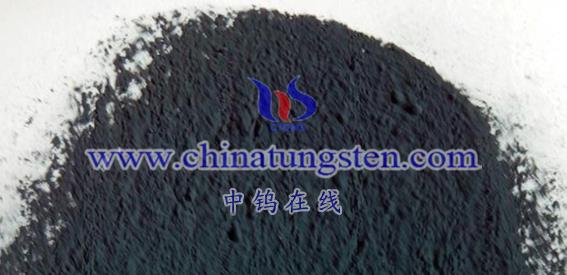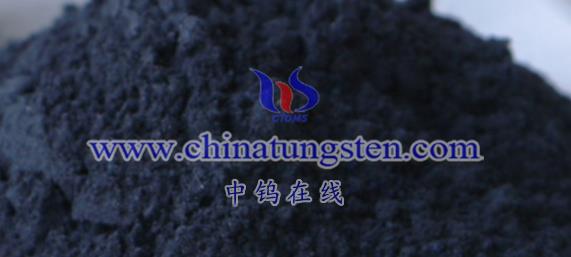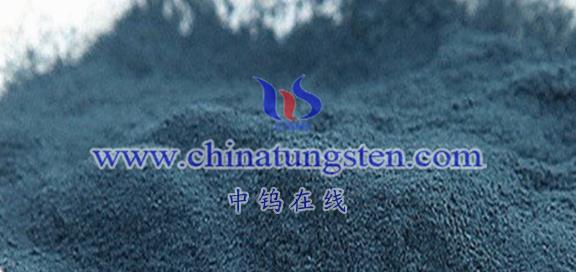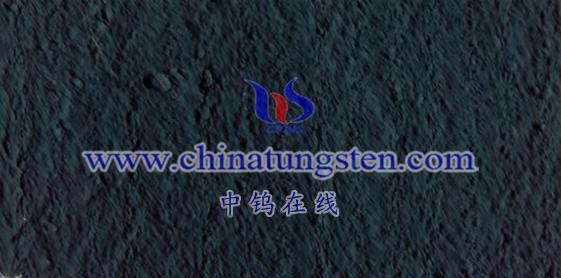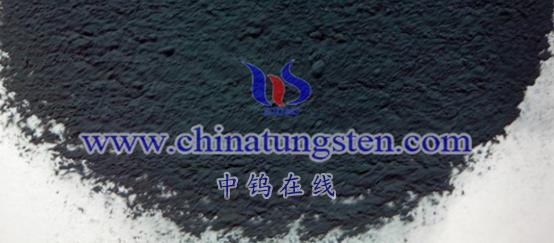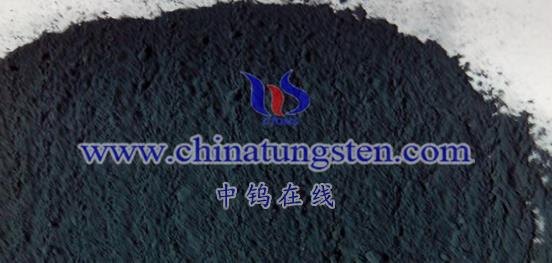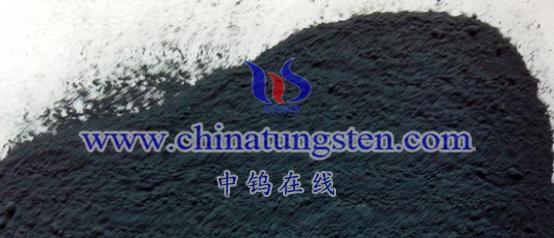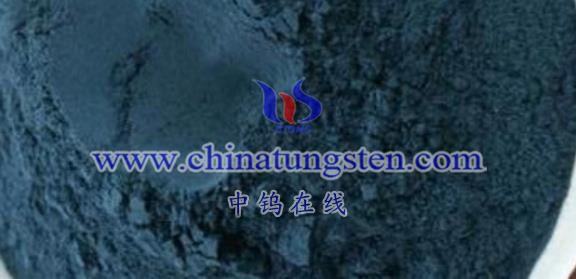
The presence of oxygen vacancies in tungsten oxide (WOx) has a significant impact on its photocatalytic properties. These effects can be outlined as follows:
- Enhancement of Photogenerated Carrier Separation
Separation Efficiency Improvement
Oxygen vacancies can act as capture centers for photogenerated electrons and holes, effectively promoting the separation of these charge carriers. Surface oxygen vacancies, in particular, improve the separation efficiency of photogenerated carriers more effectively than bulk vacancies. This enhancement reduces electron-hole recombination, thus increasing photocatalytic efficiency.
Band Structure Modification
The presence of oxygen vacancies alters the band structure of tungsten oxide, diversifying the electron transition pathways. This modification favors the separation and migration of photogenerated carriers, further enhancing photocatalytic activity.
- Enhancement of Light Absorption
Expanded Light Absorption Range
Oxygen vacancies can extend the light absorption range of the semiconductor, enabling it to absorb light over a broader spectrum. This improved light absorption increases tungsten oxide’s photocatalytic activity in the visible and near-infrared regions.
Narrowed Band Gap
The introduction of oxygen vacancies narrows the band gap of tungsten oxide, reducing the energy needed for photogenerated electron transitions. This enables the material to absorb more photons, converting them into charge carriers that participate in the photocatalytic reaction.
- Improvement in Photocatalytic Activity
Increased Oxidation Potential
Surface oxygen vacancies can lower the valence band edge, giving the photogenerated holes a higher oxidation potential. These highly oxidative holes strongly promote oxidation reactions, thus enhancing photocatalytic activity.
Generation of Reactive Species
Oxygen vacancies also encourage the formation of reactive species, such as hydroxyl radicals, which play a critical role in oxidation and reduction processes during photocatalysis. Their presence further boosts the activity and efficiency of photocatalytic reactions.
- Influence on Photocatalytic Reaction Mechanism
Changes in Reaction Pathways
Oxygen vacancies can alter reaction pathways and intermediate products in photocatalytic reactions. These changes may increase reaction rates or modify the resulting products, thereby having a profound impact on photocatalytic performance.
- Practical Examples and Validation
For example, Professor Xigang Li from Tianjin University has shown that adjusting the surface and bulk oxygen vacancy content in WO3 photocatalysts significantly enhances oxygen evolution activity in water-splitting reactions. Experiments revealed that WO3 samples with the highest surface oxygen vacancy levels exhibited optimal carrier separation efficiency and photocatalytic performance.
Applications in Practice
In fields such as photocatalytic sterilization and degradation of organic pollutants, tungsten oxide with oxygen vacancies also shows excellent performance. These applications validate the critical role of oxygen vacancies in photocatalysis.
Oxygen vacancies in tungsten oxide significantly enhance its photocatalytic efficiency. By controlling the amount and distribution of these vacancies, the photocatalytic performance of tungsten oxide can be optimized to meet various application needs.
More details of tungsten oxide product, please visit website: tungsten-oxide.com
Please contact CHINATUNGSTEN for inquiry and order of tungsten oxide:
Email: sales@chinatungsten.com
Tel.: 86 592 5129595
